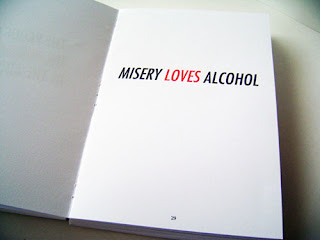Here i am going to be looking at the branding and identity of phone boxes, as well as phone boxes, i will be looking at how obsolete technologies which was the starting point of my 'what is good project' were also packaged as well as all things british.
The identity of the phone box has changed dramatically over time:
The K1
The K1 kiosk of 1920 was the first attempt at a standard kiosk and was introduced by the Post Office, the company then responsible for the fledgling telephone network. Designed by Somerville & Company, and initially produced for the sum of £35, a first batch of fifty kiosks were produced. Constructed of pre-cast concrete with a wooden door, the K1 featured a pyramidal form roof topped with a finial
This unlike any of the other phone boxes had a more defined identity, with a pointed roof and the colour palette including white, which changed dramatically.
The K2
The K2 design originated in a Post Office competition in 1924, requiring designers to come up with plans for a new standard kiosk to succeed the various designs proliferating across the country. Previously kiosk design had been determined by the individual telephone companies. Following the consolidation of the majority of telephone companies in to the Post Office a national kiosk design was sought. The winning design, which arrived on the streets of Britain in 1926, was a design by Sir Giles Gilbert Scott, the architect responsible for Liverpool's Anglican Cathedral. Its obvious by looking at this design, that there was a sharp change in the direction in style of the box, and is a more like the present day ones, the colour has been changed to all red. And the Royal crest has been added, which gives the phone box its identity, up until the present day.
The K3
The K3 was born in 1927 and was a variation on Scott's original design, by Scott himself. Although a successful design, two issues counted against the K2: it's cost and it's size. It was too expensive to produce and transport outside London and had a large footprint. The K3 was specifically designed to be a cheaper kiosk, but it also maintained the design flair of the K2 in a simplified form. Instead of being manufactured out of cast-iron, the K3 was constructed out of pre-cast concrete. This is an example of the K3 these are very rare phone boxes, and although this one has white on it, it was the only one, the only one remaining k3 phone boxes has been kept in london zoo, the identity/style has changed to slightly elongated k2.
The K4
This was the first phone box with multi use, stamps could be bought and letters posted at this phone box, this again is very rare. The post office was responsible for this. The type used has also become larger and more apparent on the signage.
The K5
The K5 used an improved concrete moulding of the K3 design which was more suitable for volume production. However, this was superseded by the K6 before manufacture began
The K6
The K6 is the most common and last mass produced red phone box, the typeface used on the phone gives it there identity, is avery recognisable type face, due to the phone box. along with the the royal crest the changed over time.
The Royal Crest
this gives the phone box its identity and belonging, up until there present day, when phone boxes are being sold on and scrapped. It symbolises britain, and in tern, gives the phone box its british identity.































